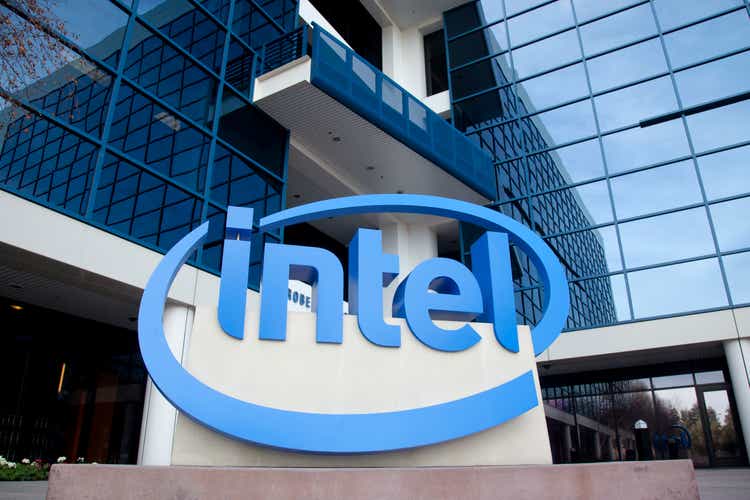Kotak Mutual Fund’s Rohit Tandon is betting on a different kind of momentum—not price, but profits. In this conversation, the fund manager unpacks the strategy behind the newly launched Kotak Active Momentum Fund, built on earnings upgrades, analyst revisions, and quant muscle
Edited excerpts from a chat:
What were the major factors behind launching the Kotak Active Momentum Fund at this particular juncture in the market?
Kotak Active Momentum Fund builds up on the Kotak Quant Fund and our endeavour to provide investors with more quant-model based schemes. Markets are a slave to earnings. Time and again, we’ve seen that stocks selected on the basis of earnings momentum outperform in bull & bear market phases. It’s a pattern that’s stood the test of time. Kotak Active Momentum Fund provides investors a robust tool —backed by data, driven by fundamentals to participate in momentum of earnings.
How does the Enhanced Earnings Factor Model differ from conventional momentum models, and why do you believe it adds value for investors in the current environment?
Typically, price momentum investing is a strategy where investors buy stocks whose prices are going up, expecting this trend to continue. However, momentum isn’t just about price. Earnings momentum selects stocks based on earnings revisions and analyst ratings, backed by strong fundamentals. By uniquely focusing on the earnings momentum factor, Kotak Active Momentum fund looks at companies whose profits are increasing as a result of analysts upgrading forecasts or companies showing positive earnings surprises. This strategy allows for a more fundamentally grounded momentum approach, aiming to capture sustainable performance rather than short-term price movements.
Can you walk us through the backtested results for the model? What are the most important learnings from your analysis of periods of market volatility or sharp corrections?
Our proprietary Earnings Momentum model evaluates stock momentum using a combination of earnings growth, sales growth, and analyst ratings. Over a 12-year back-testing period, the model delivered a compound annual growth rate (CAGR) of 24% (net of 2.5% annual transaction costs), significantly outperforming the benchmark return of 16%. In annual back-tests, the model outperformed the index in 8 out of 12 years, with an average excess return of 10% (or 1000 basis points). In the remaining 4 years, it underperformed with an average shortfall of just 4%. This demonstrates that the model’s outperformance is not only stronger but also sustained over a longer duration, while periods of underperformance are relatively mild and short-lived. Stress testing the model during challenging market phases—such as the NBFC crisis (Oct 2015–Feb 2016), the COVID-19 market correction (Feb–Mar 2020), and the recent downturn (Oct 2024–Feb 2025)—shows that it performed in line with the benchmark and consistently outperformed traditional price momentum strategies.
How do you balance the need for a systematic, model-based approach with the realities of unpredictable macro events?
A systematic investment approach builds portfolios based on a shared characteristic—commonly referred to as a factor. Unlike discretionary fund managers, we do not rely on macroeconomic assessments, stock-picking intuition, or market timing. Instead, our model-driven strategy is grounded in data and rules. Back-testing results demonstrate that this approach has consistently delivered robust outperformance across various market conditions—including business cycles, geopolitical disruptions, and other unpredictable events. This resilience highlights the strength and reliability of a systematic framework in navigating complex market environments.
What type of stocks or sectors do you see as particularly favorable in the coming years, given recent earnings momentum and analyst upgrades?
In our discretionary portfolios, we remain constructive on healthcare, consumer durables, and financial services over the medium term. These sectors are closely aligned with the themes of rising consumption and financialization, which we believe offer strong growth potential—particularly if the anticipated uptick in mass premium consumption materializes.
However, the Kotak Active Momentum Fund takes a different approach, focusing on emerging earnings trends that may evolve into structural drivers over the medium term. As a result, sector allocations in the fund can shift significantly with each rebalancing cycle. Currently, the highest-weighted sectors are financials, industrials, and materials. A key insight from our back-testing is that sector weights tend to remain well-distributed, avoiding excessive concentration in any single area. This ensures a balanced exposure while still capturing momentum-driven opportunities.
Could you share your views on potential risks for Indian equity markets in the next 12–24 months, and how the fund is equipped to navigate them?
Capital markets inherently present both opportunities and risks. In the current environment, marked by global macroeconomic volatility, the foremost concern for investors is the potential economic slowdown. Geopolitical tensions, fuelled by ongoing conflict-related news flows, rank as the second major risk. Thirdly, there are growing apprehensions around technological obsolescence, particularly with the transformative impact of AI across various sectors. Despite these challenges, it's important to recognize that markets move in cycles. Following a period of earnings downgrades, an upgrade cycle can be expected. Our rule-based portfolio construction, grounded in fundamental metrics such as earnings, sales growth, helps mitigate risks by focusing on improving earnings quality. Moreover, when the upgrade cycle begins, the model behind this fund is designed to proactively identify potential areas of earnings improvement allowing it to position ahead of other funds and capitalize on emerging opportunities.
The model uses both price and earnings momentum as inputs. Have there been instances historically where these factors diverge, and how does the fund handle such scenarios?
Our in-house model relies exclusively on earnings momentum as its core signal. Since it is built around a single factor, it avoids the complexity of managing trade-offs between multiple signals. Also the model incorporates a range of sub-parameters that enhance its predictive power and improve portfolio selection accuracy.
With the model’s high churn rate on rebalancing, how do you manage transaction costs and liquidity challenges, especially in less liquid stocks?
Quantitative funds must navigate a delicate balance: either risk factor signals becoming outdated due to infrequent rebalancing or incur higher transaction costs from frequent adjustments. Our model is carefully optimized to deliver the best possible performance, taking transaction costs into account. To enhance efficiency, we’ve incorporated safeguards that exclude illiquid stocks at an early stage of the investment process. Over a 12-year back-testing period, the strategy has maintained an average exposure of 57% to mid-cap stocks and 39% to large-cap stocks.
For investors evaluating momentum strategies, what key performance indicators should they watch besides historical returns?
It is important for investors to understand the results of the back-tests. Investors should analyze the economic and business cycle conditions present when the fund performed well and use these observations to understand better scenarios when fund performance dipped. Armed with this history, investors will allow investors to endure periods of underwhelming returns. Other than this certain parameters that investors should be conversant with are Sharpe Ratio to understand risk-adjusted performance, maximum drawdown to assess downside risk & turnover ratio to understanding costs.
Many investors today are concerned about market valuations. Do you think momentum works across all valuation regimes, or are there times you advise greater caution?
Market valuations at an index level are higher than historical average levels and investors should have return expectations lower than what they have observed in the immediate past.
At the same time there are opportunities at a stock level in all market regimes. The portfolio created from the earnings momentum is fundamentally sound and has worked across expensive and cheap markets.
Finally, what do you believe is the biggest misconception about factor-based and systematic investing among Indian retail investors?
Systematic investing does not have much mindshare among domestic investors. Many Indian retail investors mistakenly view factor-based investing as just another stock-picking method. They often underestimate its long-term, rule-based discipline and ignore the role of factor risk premia in performance. There's also a belief that such strategies don’t work in Indian markets—despite evidence to the contrary – as indicated by our-backtests. We encourage domestic investors to understand more about systematic funds through their advisors.
.png)
 2 hours ago
1
2 hours ago
1









 English (US) ·
English (US) ·